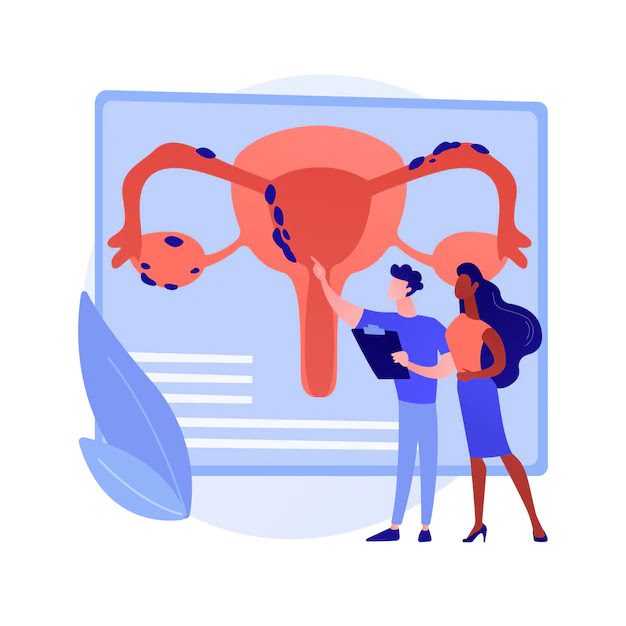8 things women with ankylosing spondylitis should know
Adenomyosis, another name for endometriosis, is a progressive condition that damages the endometrium, the uterus' inner lining. Up to 10% of women in reproductive age are thought to have this disorder. Endometriosis can damage quality of life and cause excruciating pain as well as infertility. This article's goal is to give a quick rundown of the essential information endometriosis sufferers need to be aware of in order to effectively manage their condition.
Symptoms
Pelvic discomfort, particularly during menstruation, infertility, tiredness, and gastrointestinal issues are the most typical signs and symptoms of endometriosis. Aside from dysmenorrhea and dyspareunia, endometriosis can also result in persistent pelvic pain. The illness may occasionally show no symptoms.
Causes
Endometriosis' precise cause is yet unknown. However, a number of hypotheses have been put out to account for the disease's genesis. The retrograde menstruation idea, which contends that endometrial cells travel backward into the pelvic canal during menstruation and adhere to the pelvic organs, is one of the most widely accepted views. Other ideas contend that immune system issues, genetic issues, and exposure to environmental contaminants can all contribute to endometriosis.
Diagnosis
Endometriosis is typically diagnosed through a laparoscopy, a surgical procedure that gives the clinician a view of the pelvic organs. Transvaginal ultrasonography, magnetic resonance imaging, and pelvic examination are other diagnostic techniques.
Treatment
Endometriosis treatment is based on the patient's symptoms and the severity of the condition. Hormonal therapy options include birth control tablets, agonists of the gonadotropin-releasing hormone, and aromatase inhibitors. Laparoscopy, the most common surgical surgery performed to treat endometriosis, and hysterectomy are two surgical therapy alternatives.
Pain Management
Treatment for endometriosis must include effective pain management. NSAIDs, also known as non-steroidal anti-inflammatory medications, are frequently used to treat pain. Sometimes, harsher painkillers like opioids may be required.
Infertility
One of the main factors contributing to infertility is endometriosis. The condition can harm the ovaries and fallopian tubes, as well as interfere with the fertilized egg's ability to implant. Endometriosis treatment may increase the likelihood of getting pregnant, but in some circumstances, assisted reproductive technology may be required.
Quality of Life
A woman's quality of life may be significantly impacted by endometriosis. The condition may result in physical suffering, psychological distress, and social isolation. Women who are dealing with the disease's emotional and social effects can benefit from support groups, counseling, and other types of psychiatric assistance.
Conclusion
The endometrium, or inner lining of the uterus, is harmed by the chronic, progressive condition known as endometriosis. Up to 10% of women in reproductive age are thought to have this disorder. Women who have endometriosis should be informed of the condition's signs, causes, diagnosis, available treatments, and potential effects on their quality of life. Additionally, it should be encouraged for them to ask medical experts and patient groups for assistance.









